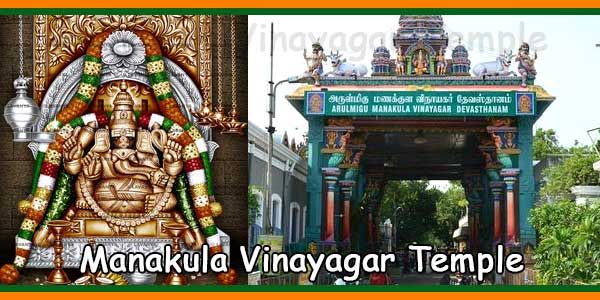Article by P.Raja, posted in Sapthagiri Magazine Arulmigu Manakula Vinayagar Temple, Pondicherry Every temple is a place of great importance and it forms the very crux of almost every pious Hindu’s existence. As everything is done with the blessings of the Lord, the Hindus invariably go to temples to offer their prayers. There was a Read More
Ads Blocker Detected!!!
We have detected that you are using extensions to block ads. Please support us by disabling these ads blocker.

